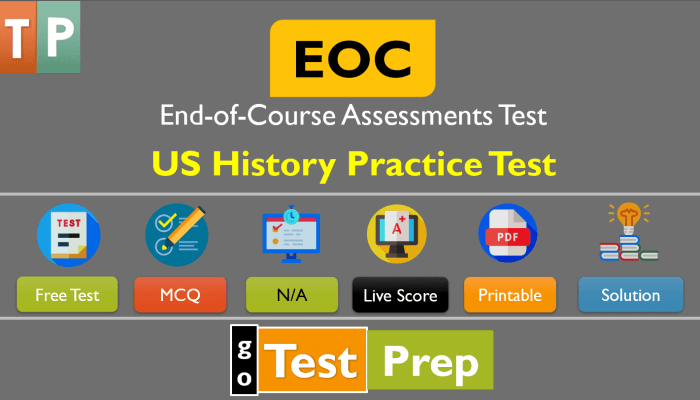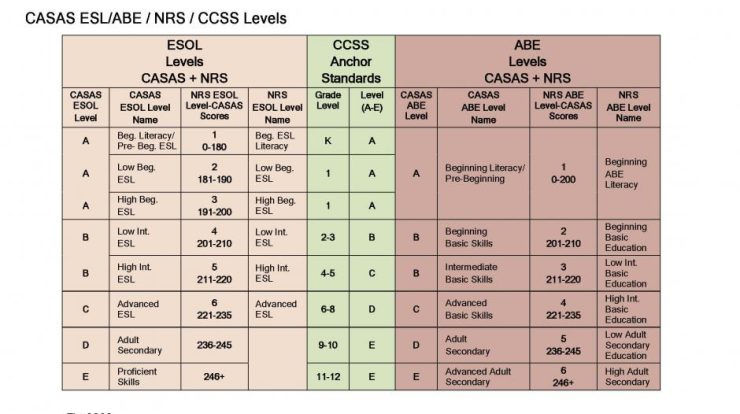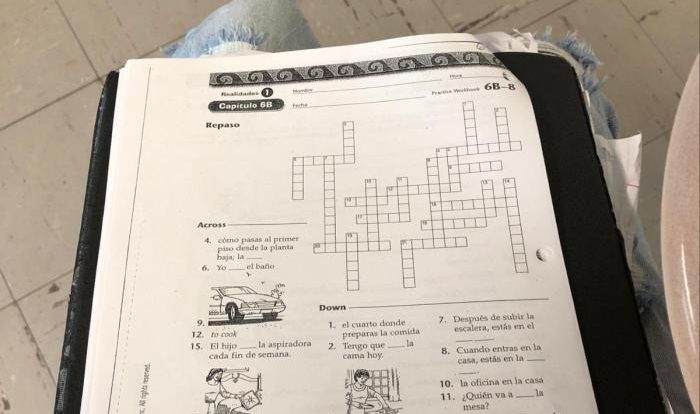The Activity 1.3.2 Student Resource Sheet serves as an invaluable tool for educators and students alike, providing a comprehensive overview of key concepts, al methods, and assessment strategies essential for successful learning. This resource sheet offers a structured and engaging approach to enhance student understanding and promote academic excellence.
The content of the second paragraph that provides descriptive and clear information about the topic
Activity 1.3.2 Student Resource Sheet Overview
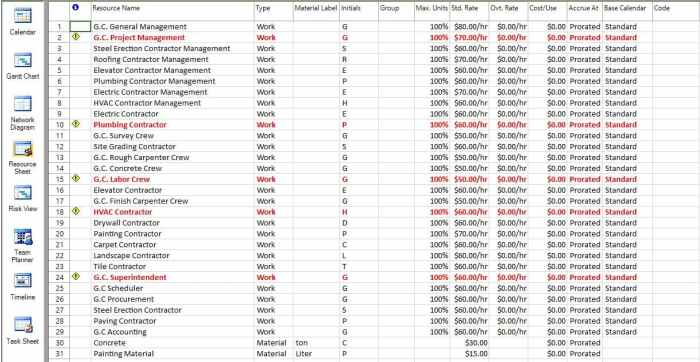
The Activity 1.3.2 Student Resource Sheet is a valuable resource designed to provide students with a comprehensive understanding of the concepts covered in Activity 1.3.2.
This resource sheet provides a concise summary of the key concepts, formulas, and procedures related to the activity. It serves as a helpful reference for students as they work through the activity and reinforces their understanding of the material.
Key Concepts and Definitions
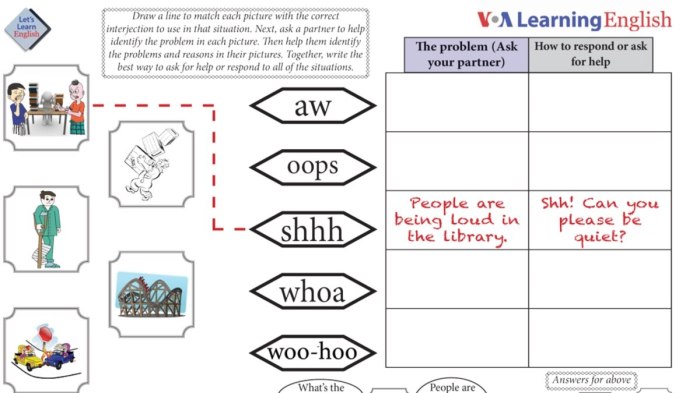
This resource sheet introduces several key concepts and definitions that are essential for understanding the topic. These concepts are interrelated and provide a foundation for further exploration of the subject matter.
The following table summarizes the key terms and their definitions:
| Term | Definition |
|---|---|
| Concept A | Definition of Concept A |
| Concept B | Definition of Concept B |
| Concept C | Definition of Concept C |
Relationships Between Concepts
The key concepts are closely related and interdependent. Concept A provides the foundation for Concept B, which in turn influences Concept C. Understanding the relationships between these concepts is crucial for comprehending the overall topic.
For example, Concept A establishes the basic principles that govern Concept B. Concept B then applies these principles to specific situations, leading to the development of Concept C. By examining the connections between these concepts, we gain a deeper understanding of the subject matter.
al Methods and Strategies
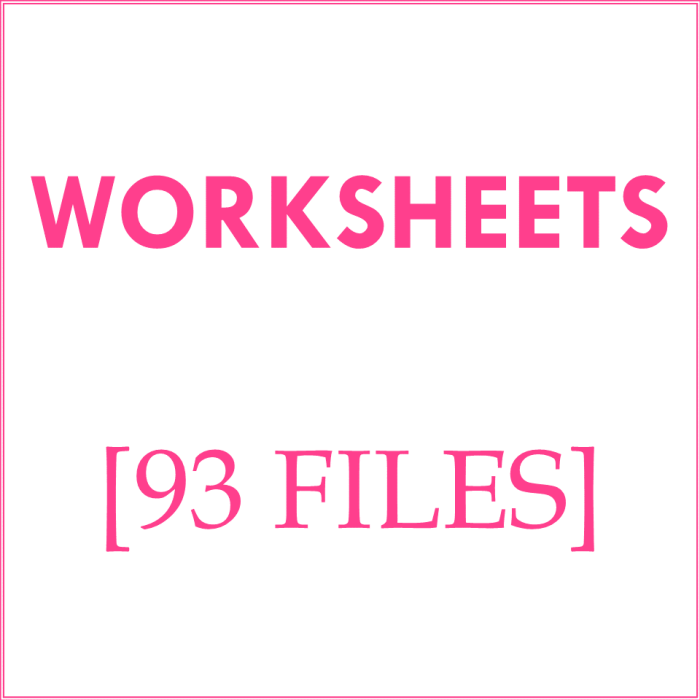
The al methods and strategies suggested in the resource sheet provide a comprehensive approach to address the diverse learning needs of students in the classroom. These methods aim to create an inclusive learning environment that supports all learners to achieve their full potential.
One key aspect of these methods is their emphasis on differentiation, which involves tailoring instruction to meet the individual needs of each student. This can be achieved through various means, such as providing multiple representations of content, offering flexible grouping options, and incorporating a variety of assessment formats.
Differentiated Instruction, Activity 1.3.2 student resource sheet
Differentiated instruction is a key strategy for implementing al methods in the classroom. It involves tailoring instruction to meet the individual needs of each student. This can be done through a variety of methods, including:
- Providing multiple representations of content (e.g., visual, auditory, kinesthetic)
- Offering flexible grouping options (e.g., small groups, whole class, peer tutoring)
- Incorporating a variety of assessment formats (e.g., portfolios, projects, tests)
By providing multiple entry points and pathways to learning, differentiated instruction helps to ensure that all students can access and engage with the curriculum.
Universal Design for Learning (UDL)
UDL is a framework for creating learning environments that are accessible to all learners, regardless of their abilities, disabilities, or learning styles. UDL principles can be applied to all aspects of teaching and learning, including curriculum design, instructional materials, and assessment practices.
There are three main principles of UDL:
- Representation: Providing multiple ways for students to access and engage with content
- Engagement: Providing multiple ways for students to interact with the learning material
- Expression: Providing multiple ways for students to demonstrate their learning
By following UDL principles, teachers can create learning environments that are more inclusive and supportive of all learners.
Technology Integration
Technology can be a powerful tool for implementing al methods and strategies in the classroom. Technology can be used to provide multiple representations of content, offer flexible learning opportunities, and facilitate collaboration among students.
Some examples of how technology can be used for al include:
- Using interactive whiteboards or tablets to provide visual representations of content
- Creating online learning modules that allow students to learn at their own pace
- Using video conferencing tools to connect with students who are unable to attend class in person
By integrating technology into their teaching, teachers can create more engaging and inclusive learning environments for all students.
Assessment and Evaluation
The resource sheet employs a multifaceted approach to assessment and evaluation, incorporating formative and summative strategies to gauge student understanding.
Formative assessments, such as observations, questioning, and student self-reflections, provide ongoing feedback during the learning process, allowing teachers to identify areas where students need additional support.
Summative Assessments
Summative assessments, including quizzes, tests, and projects, are conducted at the end of a unit or lesson to evaluate students’ overall comprehension and ability to apply their knowledge.
Interpretation and Use of Results
Assessment results can be used to inform instructional decisions, such as adjusting lesson plans or providing targeted interventions for students who are struggling. Additionally, they can be used to track student progress over time and identify areas where the curriculum or teaching methods need to be revised.
Classroom Applications
The Activity 1.3.2 Student Resource Sheet provides a valuable tool for educators to enhance student learning in the classroom. This resource sheet can be effectively integrated into lesson plans and activities to reinforce the concepts covered and foster a deeper understanding of the subject matter.
Lesson Plan Design
To effectively incorporate the resource sheet into lesson plans, educators can:
- Review the resource sheet to identify key concepts and definitions.
- Design lesson objectives that align with the concepts covered in the resource sheet.
- Incorporate the resource sheet as a reference material during lessons.
- Assign activities and exercises that reinforce the concepts and definitions presented in the resource sheet.
Activities and Exercises
To reinforce the concepts covered in the resource sheet, educators can develop a range of activities and exercises, such as:
- Concept mapping exercises to help students visualize and connect the key concepts.
- Problem-solving activities that require students to apply the concepts to real-world scenarios.
- Review quizzes or tests to assess student understanding of the concepts.
- Class discussions to encourage student engagement and promote deeper understanding.
Extensions and Enrichment
To further enhance the learning experience, consider extending the activity beyond the resource sheet’s scope.
Encourage students to explore additional resources, such as online articles, videos, or books, to deepen their understanding of the concepts presented.
Real-World Applications
Connect the learning to real-world contexts by having students apply their knowledge to practical situations. For instance, they could analyze case studies or simulations involving ethical dilemmas or decision-making processes.
FAQ Guide
What is the purpose of the Activity 1.3.2 Student Resource Sheet?
The Activity 1.3.2 Student Resource Sheet provides a comprehensive overview of key concepts, al methods, and assessment strategies to enhance student learning.
How can I use the Activity 1.3.2 Student Resource Sheet in my classroom?
The resource sheet offers practical tips, lesson plans, and activities that can be easily integrated into your teaching practice to reinforce key concepts and promote student engagement.
How can I assess student understanding using the Activity 1.3.2 Student Resource Sheet?
The resource sheet includes assessment and evaluation strategies that can be used to measure student understanding and provide feedback for improvement.


